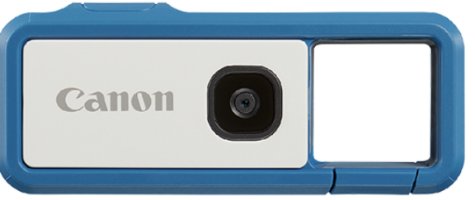No one else seems to have spotted this:
This feature alone will have strong appeal to many users.
“It sounds like a patent for a small and lightweight standard zoom. The characteristic of this optical system is that the total length is the longest at the wide-angle end and the total length becomes shorter toward the telephoto end. This is a common optical system for wide-angle lenses, but I don’t see this type of lens with standard zoom lenses, especially with large-aperture zoom lenses. If it is really put into practical use, it will be a very portable lens.”
Translated from Japanese, ref: asobinet.com
The new patent refers to a lens that does not extend while zooming.
This feature alone will have strong appeal to many users.
“It sounds like a patent for a small and lightweight standard zoom. The characteristic of this optical system is that the total length is the longest at the wide-angle end and the total length becomes shorter toward the telephoto end. This is a common optical system for wide-angle lenses, but I don’t see this type of lens with standard zoom lenses, especially with large-aperture zoom lenses. If it is really put into practical use, it will be a very portable lens.”
Translated from Japanese, ref: asobinet.com
Upvote
0



